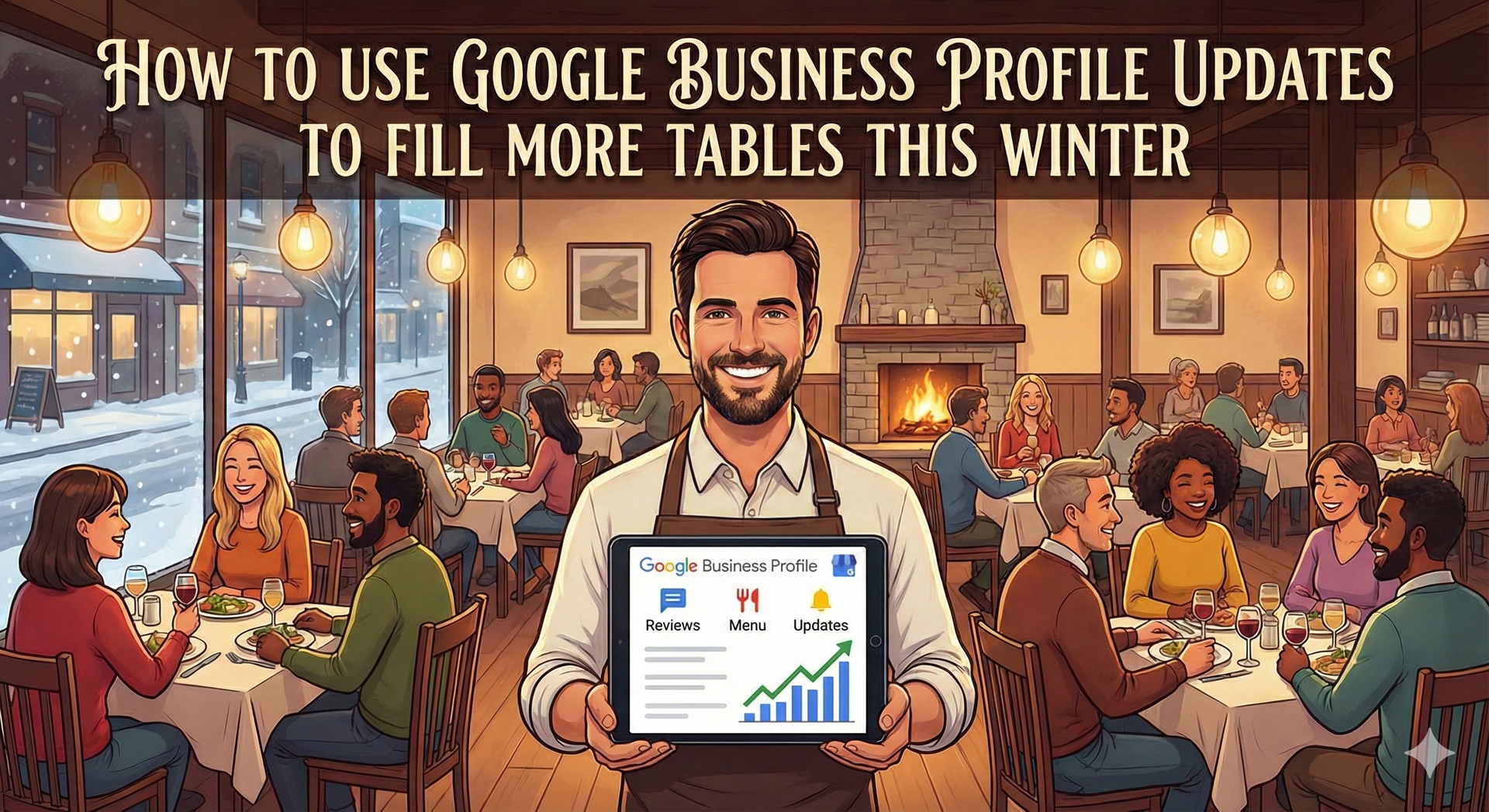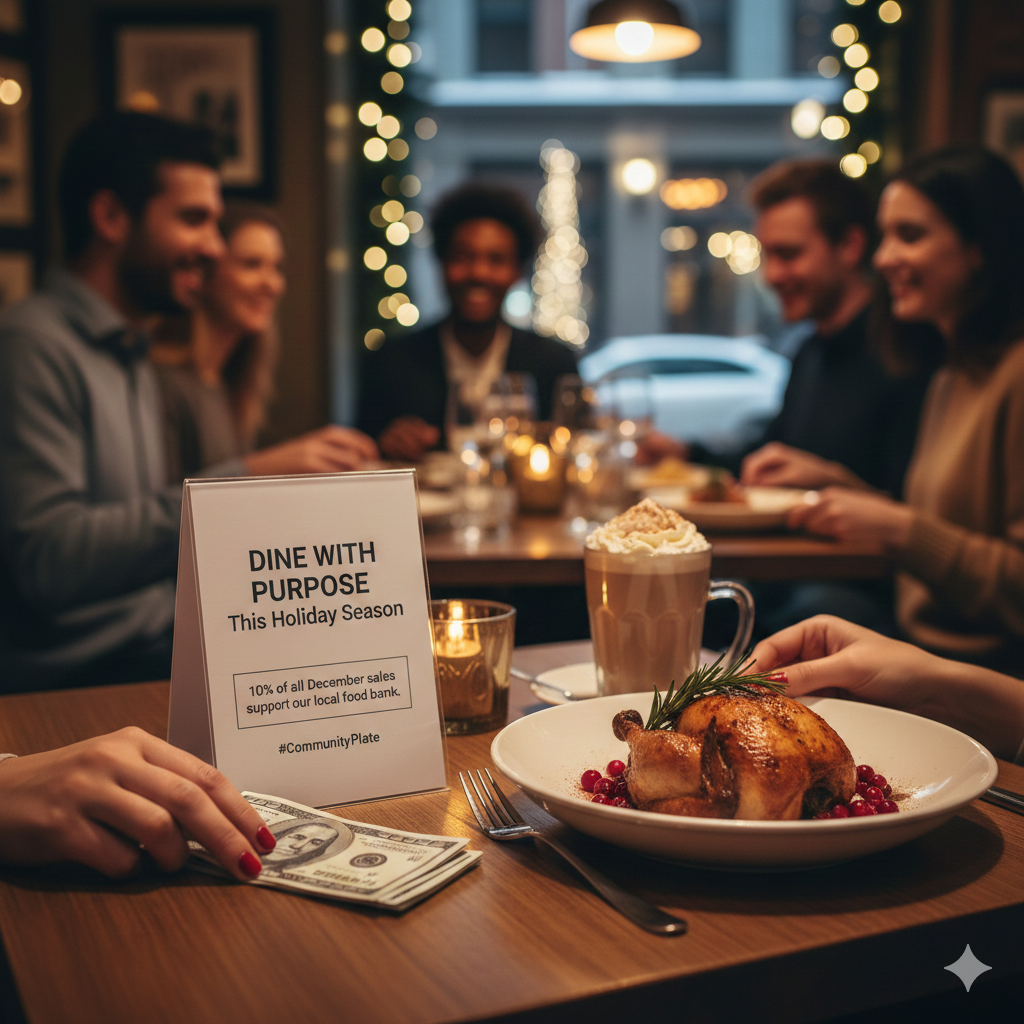Blog
Robotics in the Food Service Industry
Robotics and AI are anticipated to become a bigger part of the restaurant business.

Artificial intelligence robots are taking over the food industry and the world. Artificial intelligence robots are designed to do a variety of different tasks such as integrating data information, analyzing data, and decision-making.1 These robots make decisions using real-time data using sensors, digital data, and stored information from a variety of sources.2 As artificial intelligence advances, so does the automation of food services.
According to Tara McHugh, a research leader for the Institute of Food Technologists (IFT), she states that the use of robotics has increased approximately 40% for palletizing operations and 26% are for food and beverage.3 Manufacturers in the food industry have also reported that there was a 25% increase in productivity after the employment of robotics.4 Food robots are even being used on campuses, apartments, and hotels for food delivery.
Are robots taking over?
With most advanced technology involving artificial intelligence, people are worried about them taking over their jobs. However, robots are only here to help humans out, not kick them out. According to Mariane Davids, a social media marketer, robots are more precise than humans due to the lack of human error.5 A robotic pharmacist from the University of California in San Francisco was responsible for filling and dispensing prescriptions. With over 350,000 doses, no error was found.6 In addition, humans don’t break down easily or lag if there is a Wi-Fi connection issue or stop operating if the power goes out.
For example, CEO, Mark Olenik, founded Moley Robotics. Moley is known as the “world’s first robotic kitchen” that has the ability to cook over thousands of recipes, plate the dishes, and clean after it’s done. Moley does this with its robotic hands. The robotic hands have cameras and sensors which are operated through an overhead track.7 The Moley robot can make over a thousand dishes in half of the time it takes for a human cook.
Robots in fast-food
Cracker Barrel has introduced its mobile app that allows customers to pay for their meals ahead of time.8 Chili’s has an option for their customers to pay their bill on a tablet at their table instead of having to wait for a waiter to come to assist them. McDonald’s in Chicago has also started with their automated drive-thru ordering at 10 different locations, and other McDonald’s locations have also integrated a menu ordering stand inside of their restaurants which allows their customers to order and customize their order without having to talk to a cashier.9
Miso Robotics has introduced its new robot called, Flippy, and the robot is available for restaurants and fast-food industries to purchase for $30,000.10 The Flippy Robot is attached to the kitchen hood in order for it to move around while still managing the grill and fryer. Flippy was first introduced to the grill in 2018 and can grill 150 burgers an hour.11 The robot can also detect when the grill is dirty, or when raw patties were placed. During the pandemic, Miso Robotics worked with Pathspot Technologies to help improve their Flippy. The machine can now scan its employees’ hands to ensure food safety.
Bionicook is another example of robotics in fast food. Bionicook was developed by Brazilian entrepreneur, Fabio Rezler.12 Fabio developed this small robot due to the fact that “America is notorious for its love of fast food.”13 The key component within the Bionicook fast-food kiosk is the small robot created by a German company, JUKA AG, called the KR 3 Agilus. The Bionicook is “programmed to serve, and cook, fourteen snacks, two desserts, three salads, and fifteen beverages.”14
Robots in the food delivery service
Robot food delivery has grown in popularity on college campuses, apartments, restaurants, and hotels. Food delivery robots are different from the ones found in the kitchen. They are smaller machines that usually cost around $2,500 to $5,000 depending on the features.15 However, despite the cost, food delivery robots cost 50% less than human delivery. One example to look at is the robot from Starship Technologies by Skype co-founders Janus Friis and Anti Heinla. Users can order straight from the app, choose their location such as their university name, company name, residential area, etc. Afterward, users will need to choose their delivery point so the delivery robot can successfully deliver their food straight to their door.
These delivery robots can carry around 22lbs of food. However, unlike DoorDash or UberEats, these delivery robots can only travel at a maximum speed of 4 mph, but they have the same features as a car does like GPS features, ultrasonic sensors, and more. Can people steal my food while it’s being delivered to me? The answer is no. These robots have an alarm sensor if someone tries to open it before it has made its way to its destination. An alarm will go off and some of these robots include features that captures a picture of the person who tried to steal and alerts its operators. So, no worries, your food is safe with these little guys. However, if they fall over a little crack on the road, restaurants and operators can’t promise a speedy delivery after that.
References:
- https://www.brookings.edu/research/how-artificial-intelligence-is-transforming-the-world/
- Ibid
- https://www.ift.org/news-and-publications/food-technology-magazine/issues/2017/october/columns/proce...
- Ibid
- https://blog.robotiq.com/5-ways-robots-perform-mundane-tasks-better-than-humans
- https://blog.robotiq.com/5-ways-robots-perform-mundane-tasks-better-than-humans
- Davids, 2021.
- https://www.businessinsider.com/labor-shortage-automation-restaurants-hiring-employment-productivity...
- Ibid
- Ibid
- Ibid
- https://www.foodandfarmingtechnology.com/news/autonomous-robots/bionicooks-big-fast-food-plans-for-k...
- Ibid
- Ibid
- https://www.forbes.com/sites/christopherelliott/2021/08/10/food-delivery-robots-are-going-back-to-sc...











